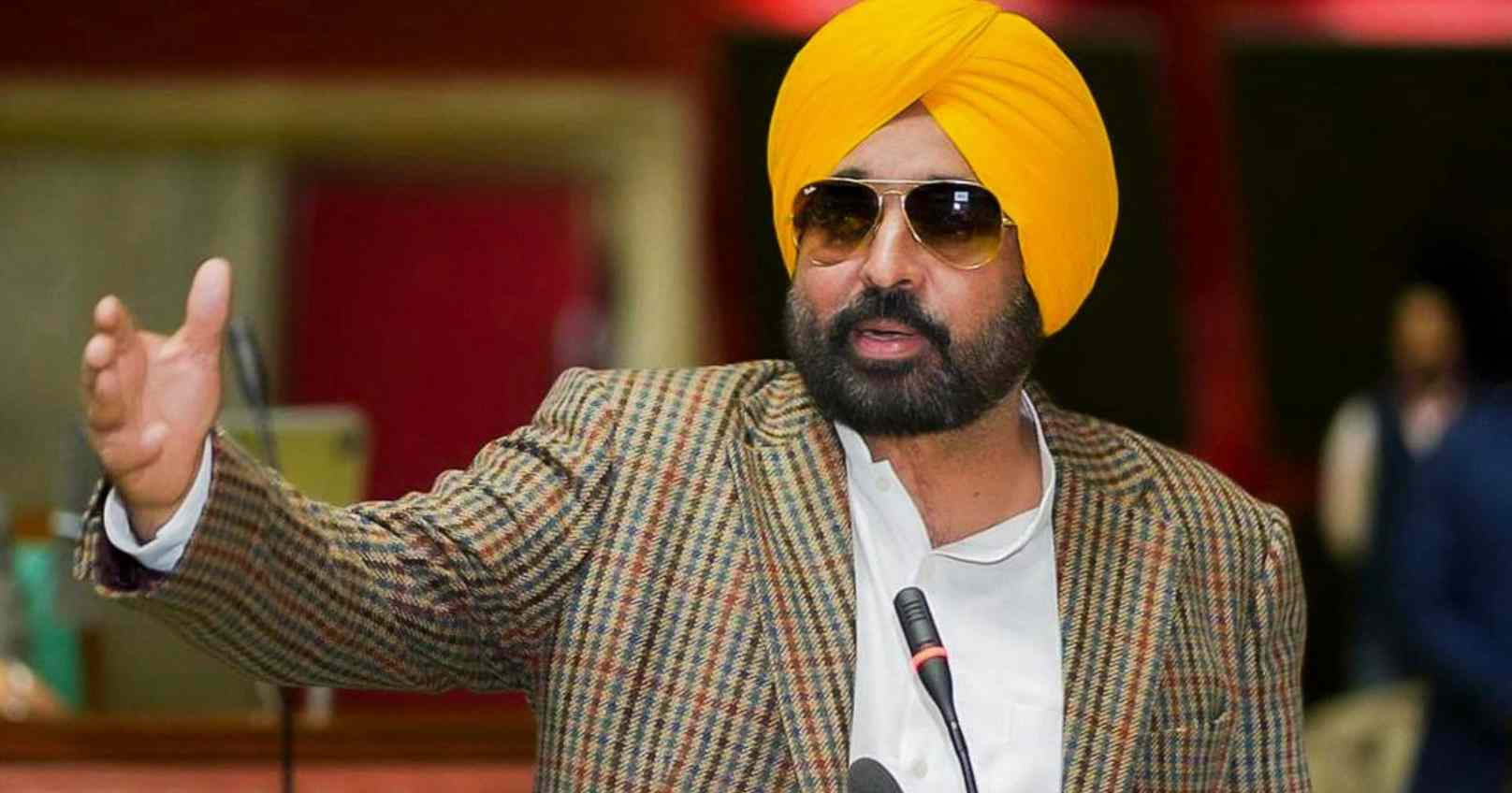The government has introduced the Union Pension Scheme (UPS) ahead of the upcoming state and Union Territory elections, offering significant benefits to central government employees. Union Minister Ashwini Vaishnaw announced that the scheme, which will be implemented from April 1, 2025, is expected to benefit 23 lakh employees. UPS provides the option for employees to choose between the New Pension Scheme (NPS) and UPS, addressing demands for pension reforms.
The UPS, approved by the Union Cabinet chaired by Prime Minister Narendra Modi, includes three key features:
-
Assured Pension: Government employees with at least 25 years of service will receive 50 percent of their average basic salary from the last 12 months as a pension. For shorter service periods of a minimum of 10 years, the pension will be proportionately calculated.
-
Assured Family Pension: In the event of a pensioner's death, their family will receive 60 percent of the pension the employee had been receiving.
-
Assured Minimum Pension: The scheme guarantees a minimum pension of ₹10,000 per month for government employees after 10 years of service.
Under the current pension scheme, employees contribute 10 percent while the central government contributes 14 percent. The UPS will increase the government’s contribution to 18 percent.
The UPS follows recommendations from a committee led by Finance Secretary TV Somanathan, which reviewed the existing National Pension Scheme (NPS). The move comes in response to several non-BJP-ruled states reverting to the Old Pension Scheme (OPS) and pressure from employee groups for better pension benefits.
Under the OPS, retired government employees received 50 percent of their last-drawn salary as a monthly pension, which adjusted with increases in Dearness Allowance (DA) rates.







